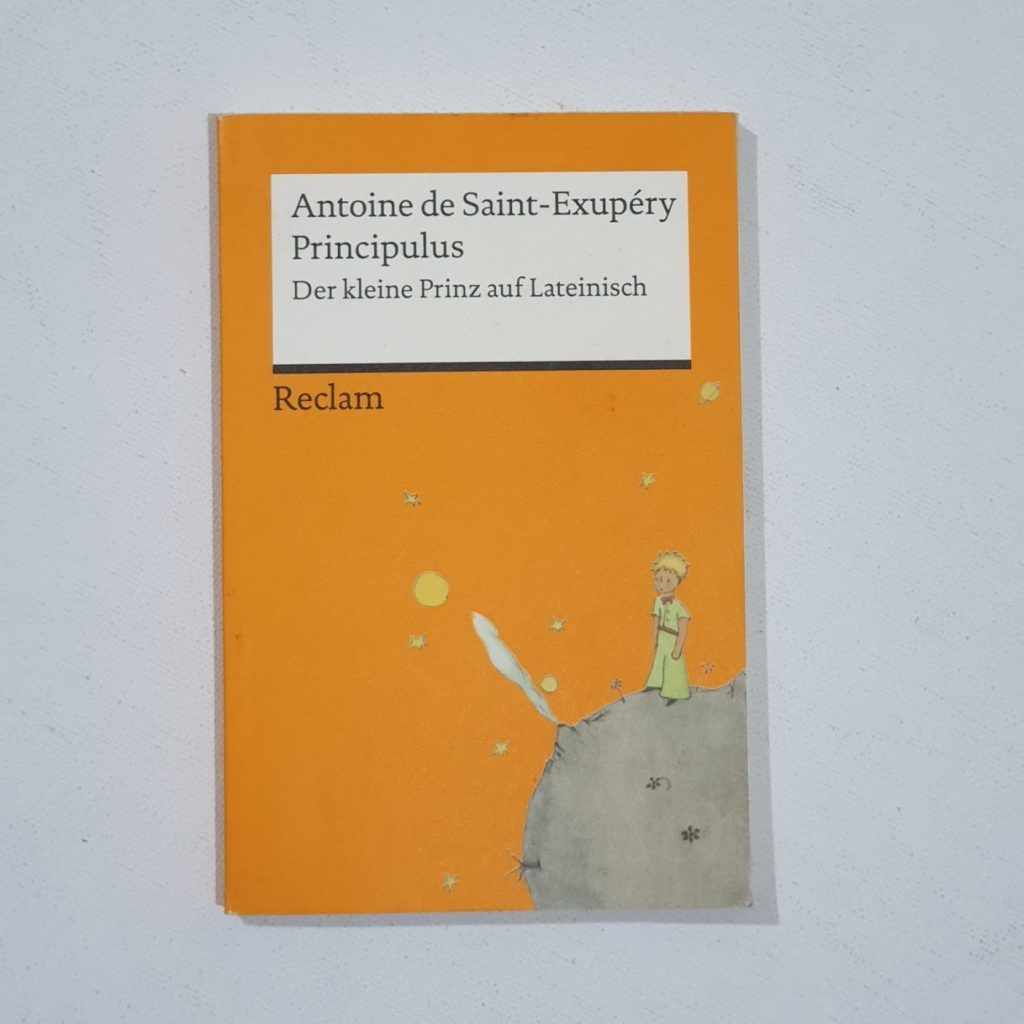
Latin is an ancient Indo-European language that was originally spoken in the region around Rome, known as Latium. It became the dominant language of the Roman Republic and the Roman Empire, serving as a linguistic unifier across vast territories in Europe, North Africa, and the Middle East. Over centuries, Latin evolved and diversified but remained the cornerstone of education, governance, scholarship, and religious practices well into the Middle Ages and beyond.

Latin’s history is commonly divided into several periods:
- Old Latin (Archaic Latin): Texts from as early as the 6th century BCE exhibit early forms of the language, which include inscriptions and some literary works. This form of Latin shows significant variations from Classical Latin.
- Classical Latin: The language of the late Republic and early Empire (roughly 1st century BCE to 1st century CE), exemplified by the works of Cicero, Virgil, and Caesar. Classical Latin is characterized by its strict grammar and rich vocabulary and is the form most often taught today.
- Vulgar Latin: The spoken form of the language used by the common people throughout the Roman Empire, differing from the literary Classical Latin in its grammar, vocabulary, and pronunciation. Vulgar Latin would eventually evolve into the various Romance languages.
- Medieval Latin: Used from the late antique period through the Middle Ages, it was the language of European scholars, theologians, and the educated elite. Medieval Latin saw the introduction of many new terms and the influence of local languages.
- Renaissance Latin: Marked by a revival of interest in Classical Latin, this period saw Latin used in scholarly works, with efforts to purify the language and return it to its classical form.
- New Latin (Modern Latin): From the Renaissance to the 19th century, Latin continued to be used in the creation of new works in science, philosophy, and the humanities. It also remained the language of the Roman Catholic Church.

Latin is highly inflected, with a complex system of noun declensions and verb conjugations. It uses cases to indicate the roles of nouns in sentences, and its verbs convey tense, mood, voice, and aspect.
While its core vocabulary is Indo-European, Latin also borrowed terms from Greek, Etruscan, and other languages. Latin has also served as a source for loanwords in many languages, including English.
The Latin alphabet, derived from the Etruscan and ultimately the Greek alphabet, became the basis for the alphabets of many languages around the world.

Latin’s influence on Western culture, languages, and education is profound. It is the direct ancestor of the Romance languages, including Spanish, Portuguese, French, Italian, Romanian, and others. Latin terminology is widely used in law, medicine, science, and theology. Although no longer spoken as a native language, Latin is still used liturgically by the Roman Catholic Church, and it remains an important subject of study in classical and ecclesiastical scholarship.


